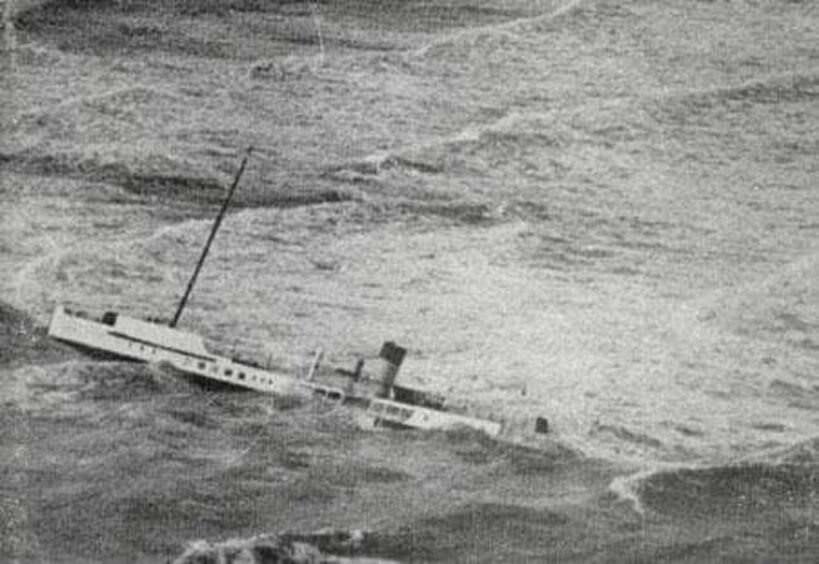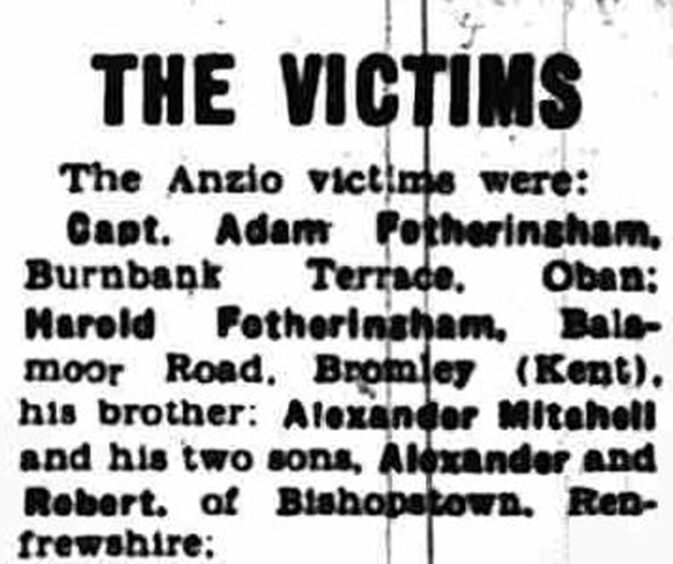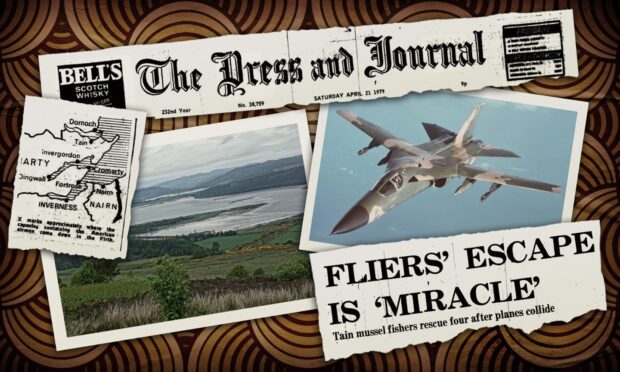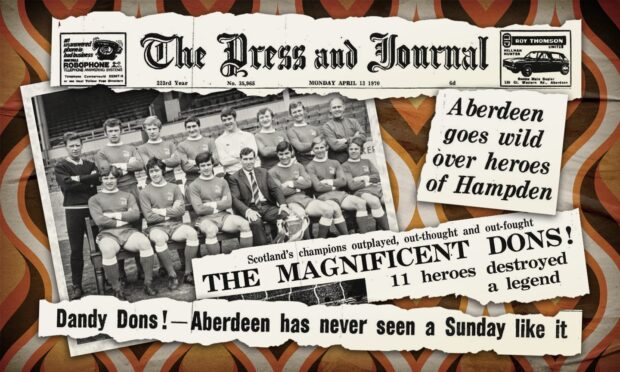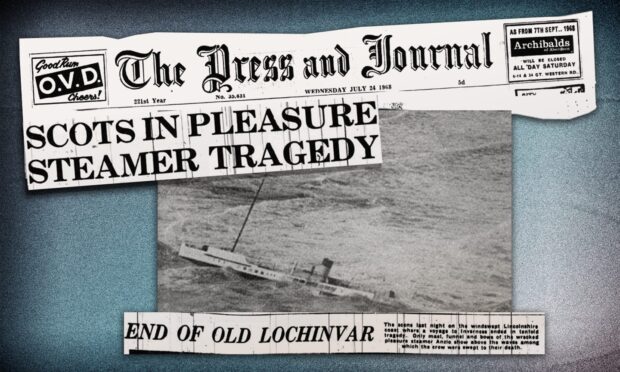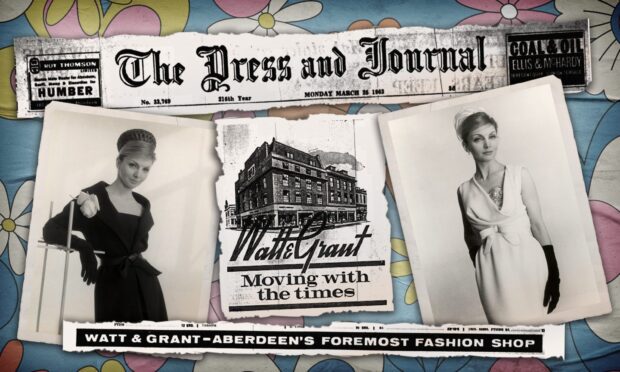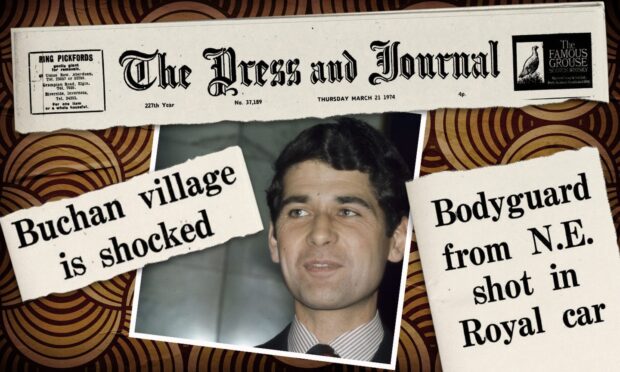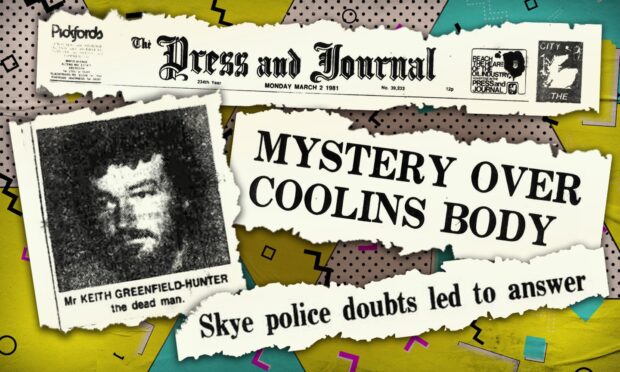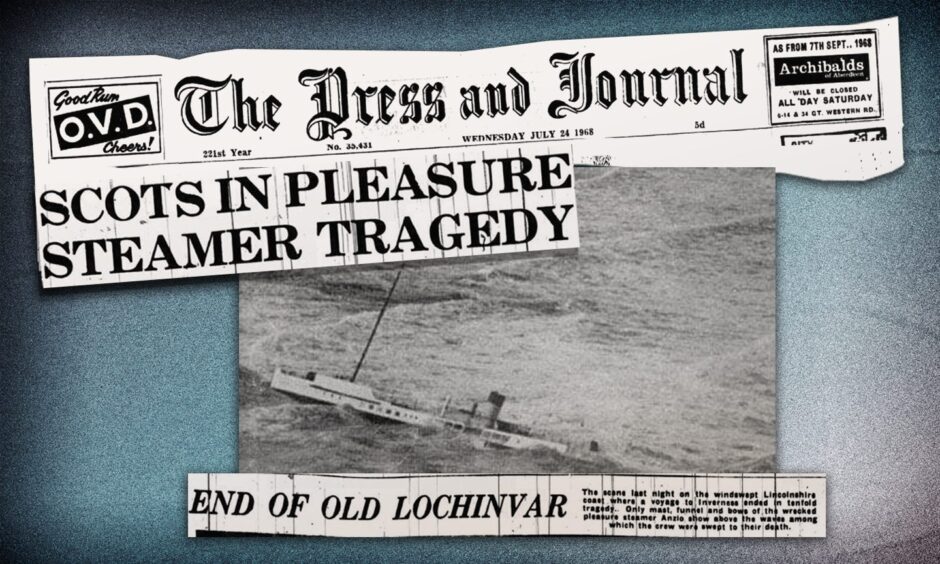
A former MacBrayne ferry, MV Lochinvar sank with the loss of all hands in atrocious weather off the coast of Grimsby 58 years ago.
The ship, refitted and renamed MV Anzio 1 was on its way north to run pleasure trips from the Inverness to Invergordon.
Despite the tireless efforts and bravery of the local coastguard and lifeboat, the entire crew of 13 were lost including the ship’s captain, an Oban man and his brother.
MV Lochinvar was built on the Clyde in 1908, and had been a familiar sight for almost half a century plying the Sound of Mull as a Royal Mail vessel and Mull’s lifeline service to the mainland.
She sailed daily from Oban to Tobermory via Craignure.
There was no pier at Craignure at the time, and passengers and mail would be transported to or from the ship in a small launch.
She also called in at Lochaline and Salen.
From Mull to Thames estuary
After her decades as part of the MacBrayne fleet, she was bought in 1961 by Thames and Medway Navigation Co and plied the Thames estuary, ferrying passengers between Southend Pier and Sheerness.
But in 1964, her ultimate fate was sealed.
She was bought by a group of Scots living London. They recognised the old Lochinvar and formed Cromarty Cruises, licensed to carry 261 passengers on the 50 mile round trip between Inverness and Invergordon.
They had her refitted with a bar and cafeteria, and recruited crew from sailing chums and family, including Master Mariner Captain Adam Fotheringham of Oban, and his brother Harold, living in Bromley.
Dramatic details
When the P&J first reported the tragedy on Monday April 4, 1966, details were still scant but dramatic.
The tragedy unfolded at Donna Hook, near Grimsby, less than a mile from shore.
“The 300-ton Anxio [sic] was caught in a gale which forced her on to the rock-hard sand.
“After turning broadside to the sea, she rolled over.
“She was first sighted by coastguards about midnight. They flashed a warning signal and thought she turned away to safety.
“When the ship struck, rocket teams were rushed to the beach.
“They fired three lines towards the stricken vessel.
“Each time the line fell short —stopped in its tracks by the gale.”
Local hero waded out
One particular local hero was Alan Loughton who saw a flare from the vessel at around 10pm.
Braving extreme danger, he waded out until he was in about 4ft of water, getting within 100ft of the boat.
Five men appeared on deck, and he shouted to them to “Jump for it!”
Tide turning rapidly
He couldn’t hear what they replied through the gale, and had to turn back because of the rapid incoming tide.
The incoming tide also forced back the rescue teams, so they flashed a signal to the ship asking those aboard to float a line ashore.
The chilling reply came back: “There is nothing left that will float.”
The P&J reported: “For two miles along the water’s edge lay on the sand—tables and chairs, pieces of the wheelhouse, a grey Vauxhall car swept from the deck.”
The ship’s master was Adam Fotheringham, resident in Oban, who with his brother Harold had formed Cromarty Cruises Ltd to start their enterprise.
Adam left a wife Margaret, aged 32 and two children, John, 6, and Catriona, 4.
Margaret’s father, James Troup, senior mathematics teacher at Oban High School said: “They had such plans for the future. Now the bottom has been knocked out of her world.”
Harold had sold his house to invest
Adam’s brother Harold was also married, and left a one year old son.
He had sold his house in Catford to use the money to help buy the ship, and the family were staying in Bromley with his wife’s parents, Mr and Mrs Edmund Cookman.
Mr Cookman, a former ship’s carpenter, said “My son-in-law and daughter had sunk all their savings in this venture.
“Recently, Harold had been working 18 hours a day helping get the ship ready.
“She had had an 18-month refit and was in 1st class shape.
“Most of the men aboard were ex-Royal Navy or Merchant Service. They were not a lot of cowboys.”

